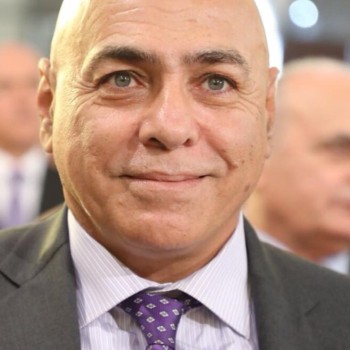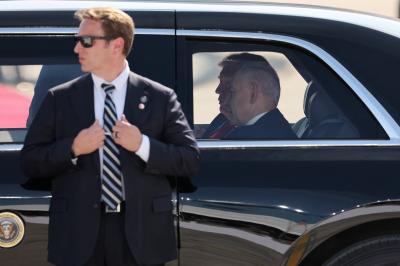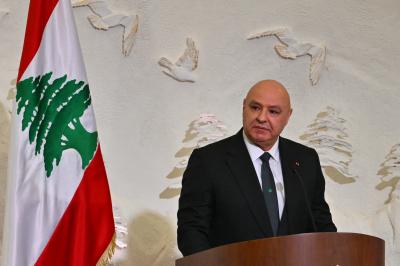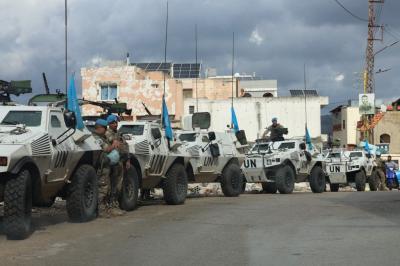As opinions and theories about the existence of one or more conspiracies to eliminate Iranian President Ebrahim Raisi and other officials, including Foreign Minister Amir Hossein Abdollahian, following the crash of his presidential helicopter have multiplied, these views and theories have faded pending the results of the investigation announced by the Chief of Staff of the Iranian Army.
The first official Iranian statement mentioned a weather emergency that supposedly caused the presidential helicopter to disappear from radar and cut off all communication. Between this statement and the one announcing the discovery of the burned helicopter and the death of all its occupants, conspiracy theories, based on the principle that the crash was intentional, flourished.
The Chief of Staff of the Iranian Army quickly announced the opening of an investigation to elucidate the circumstances of the crash, but this did not prevent the spread of assassination theories and their potential reasons and consequences, although none of the authors of these theories presented any evidence to support them.
Pending the results of the investigation, analyses oscillated between the hypothesis of fate and conspiracy theories. The helicopter was old, and American sanctions against Iran have limited the availability of spare parts, leading to half of the helicopter fleet being grounded to use their parts as replacements for the other half. Even Russia, to whom Iran has supplied drones that have helped in the war in Ukraine, has not dared to provide Iran with modern civilian aircraft for fear of American sanctions.
Pending the results of the investigation, the first troubling question is: since the weather was stormy, why use helicopters rather than ordinary planes ? And why was the return plan of the president and his entourage not changed while the stormy weather persisted ?
Another troubling question: why did the presidential helicopter have an accident or a failure, but not the two escort helicopters ? Why was communication lost ? Did the two escort helicopters maintain visual contact with the presidential helicopter, or what prevented them from doing so ? Information gathered by the Turkish drone that located the wreckage of the helicopter, and later by rescue teams, confirmed that the helicopter's transponder, which helps determine its position, was unavailable (turned off or failed). There was speculation that the drone that detected the wreckage was American, not Turkish, as Turkish drones do not possess this advanced technology.
To delve deeper into conspiracy theories, another troubling question arises: was this an orchestrated accident to assassinate the president or the Foreign Minister close to the Revolutionary Guards ? One theory suggests that the accident was intended to assassinate Abdollahian and that the president was collateral damage, while another theory claims that the accident targeted the president himself as a strong candidate to succeed Supreme Leader Ayatollah Ali Khamenei, who is supposedly preparing the way for one of his sons.
The theory of foreign intervention and possible Israeli involvement also surfaces, but without proof.
No conclusive answers have yet been provided to these questions and hypotheses. The only thread that allowed their propagation is based on a political analysis creating a context for the possibility of a conspiracy. However, they lack evidence and do not constitute a case in this matter.
Discreet Discussions
Journalist David Ignatius revealed in the Washington Post that Iran had officially asked the US government to help locate the crash site of the presidential helicopter, accompanying this request with a map of the probable site. According to Ignatius, this Iranian move is a quick and natural consequence of the direct discussions discreetly held in Oman by Brett McGurk, the Middle East official at the US National Security Council, and Ali Bagheri Kani, the interim Iranian Foreign Minister, three days before the presidential helicopter crash. In this context, Ignatius asserts that the United States does not see Raisi's absence as a change in Iran's domestic or foreign policy. This aligns with assurances from Supreme Leader Khamenei that the absence of the president will not disrupt state affairs.
In the United States, some believe that the deaths of Raisi and Abdollahian could facilitate direct discussions aimed at reducing tensions in the region, as it would offer a fresh start while maintaining both parties' desire to de-escalate tensions. It seems that both sides' efforts have succeeded in containing the war in Gaza and limiting it to the Gaza Strip and the southern front of Lebanon with Hezbollah, preventing its expansion into a regional war that everyone feared. Some in the United States also believe that reducing regional tensions could unlock the situation in Lebanon, end the deadlock, and develop a solution for the aftermath in Gaza, whose contours are beginning to emerge.
According to the Washington Post, during the talks with the Iranians, the United States last week issued clear warnings to Iran about the scale of their response if Iran escalated militarily. These warnings recall the model used by the United States to retaliate against pro-Iranian Iraqi militias that attacked an American base in the Jordanian border region. The American response targeted these militias directly and painfully in Iraq and at its border with Syria, and assassinated one of their leaders in Iraq. These strikes likely conveyed the American message and prompted Iran's armed proxies in Iraq to stop targeting American forces deployed in the region.
This opening of dialogue with Iran also set limits on Iran's nuclear activities and led to an agreement allowing Iran to enrich uranium to 60%, limiting the number of centrifuges, and continuing cooperation with the International Atomic Energy Agency.
Please post your comments on:
[email protected]
 Politics
Politics








